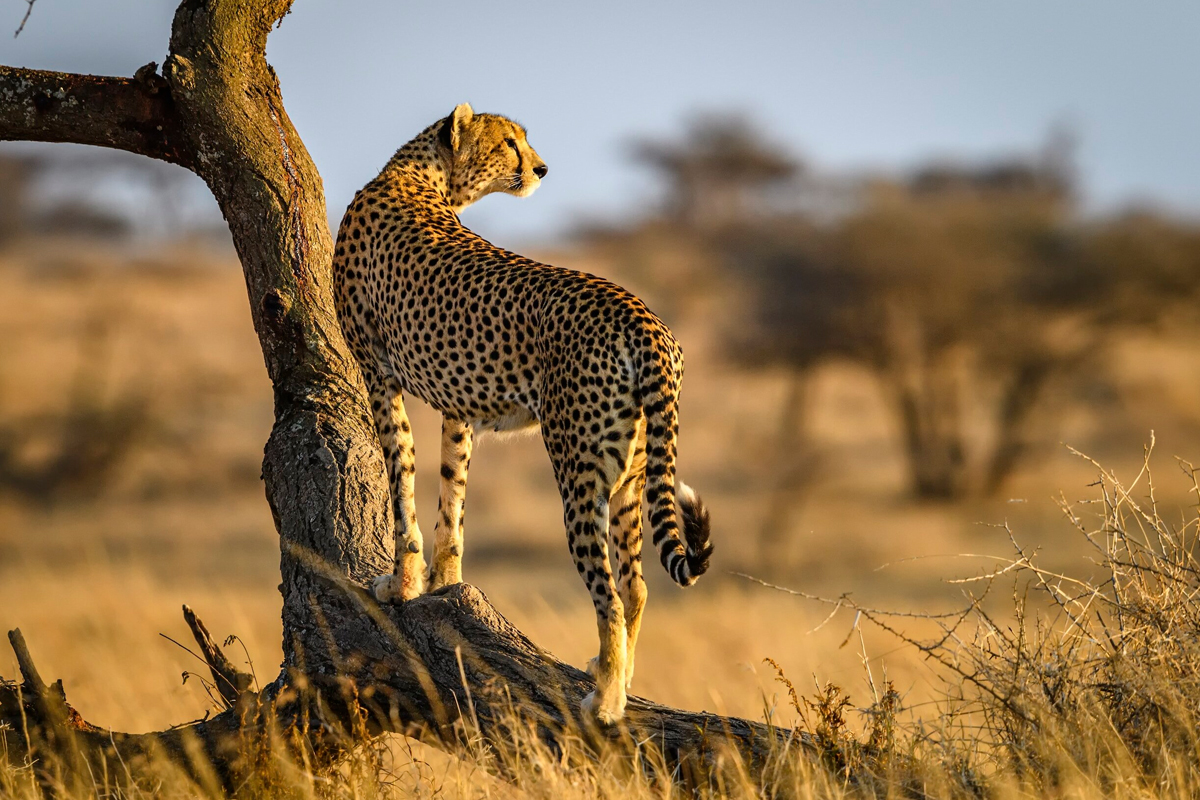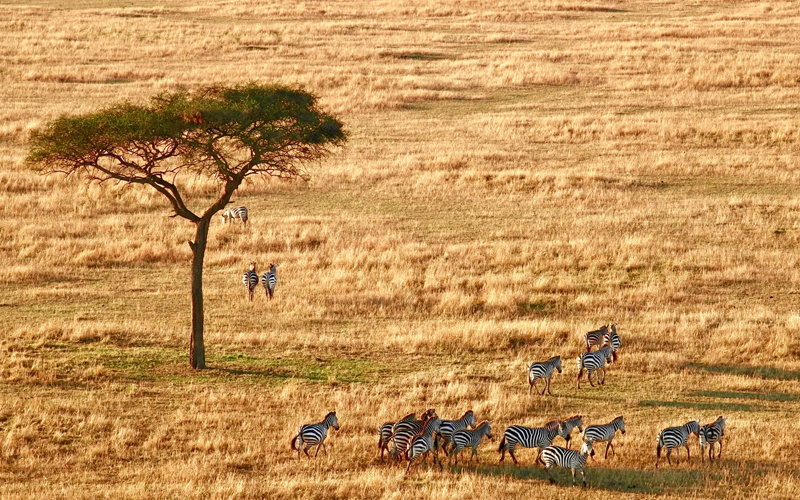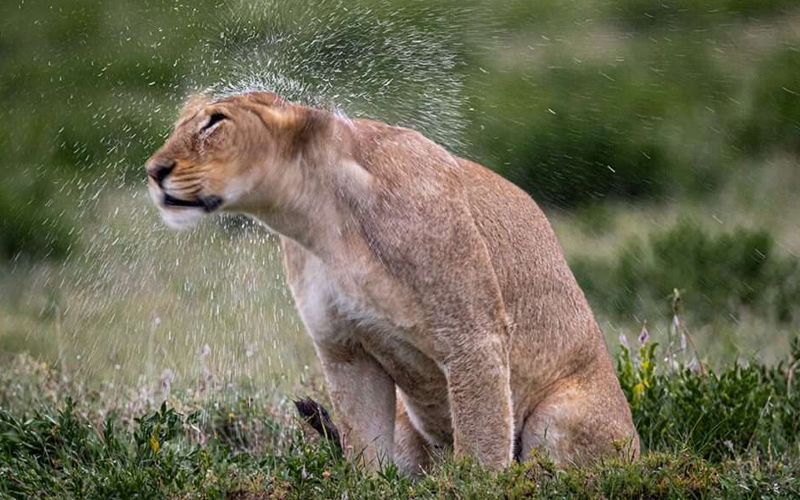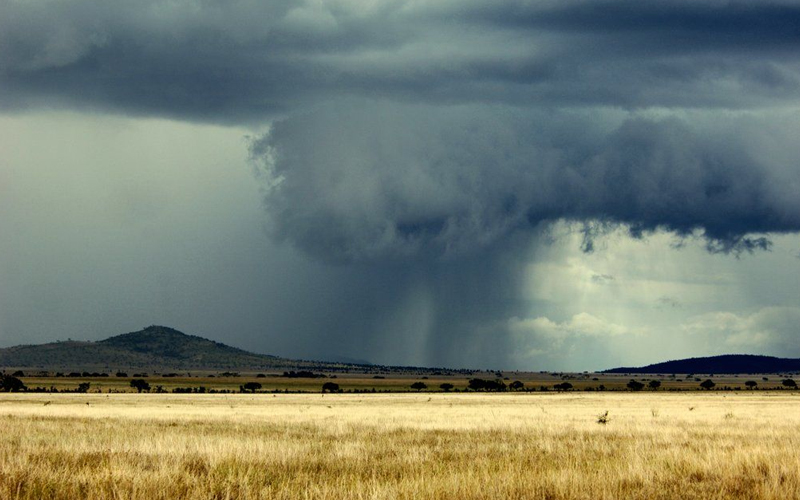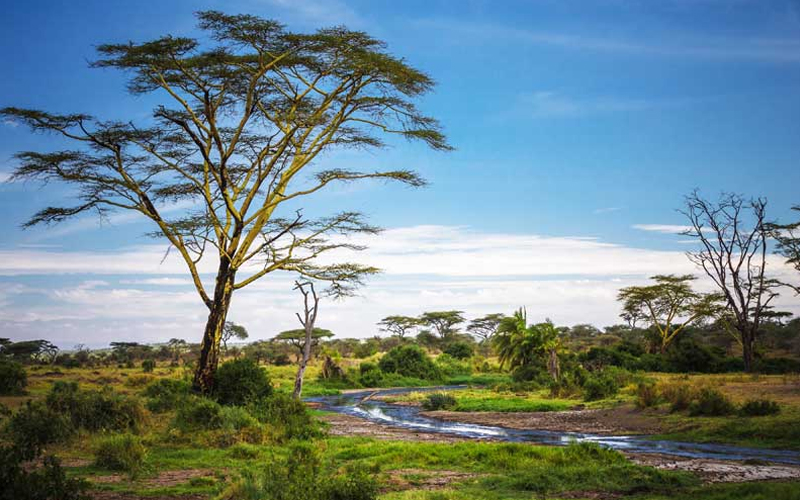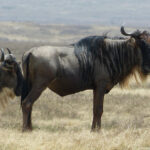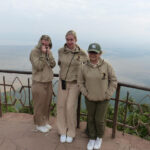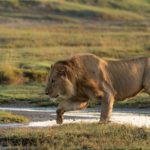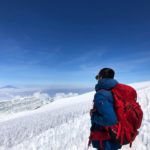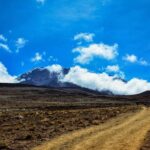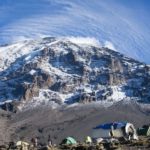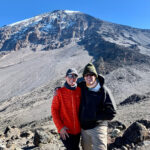Tanzania, renowned for its breathtaking landscapes and abundant wildlife, offers some of the most spectacular safari experiences in Africa. Whether you’re a seasoned traveler or embarking on your first safari adventure, understanding the best times to visit can enhance your experience significantly. This guide will walk you through the different safari seasons in Tanzania, highlighting the pros and cons of each, to help you plan the perfect trip.
Understanding Tanzania’s Climate
Tanzania’s climate varies from tropical along the coast to temperate in the highlands. Generally, the country experiences two main seasons: the dry season and the rainy season. Knowing the nuances of these seasons is crucial for planning your safari, as each offers unique wildlife viewing opportunities and experiences.
The Dry Season (June to October)
Why Visit During the Dry Season?
The dry season is often considered the best time for a Tanzania safari. During these months, the weather is generally sunny and pleasant, with less rainfall. This season is ideal for wildlife viewing, as animals congregate around water sources, making them easier to spot.
- Great Migration: One of the main highlights of visiting during the dry season is witnessing the Great Migration in the Serengeti. Around June to July, you can see the dramatic river crossings, where thousands of wildebeest and zebras cross the Mara River, facing crocodiles and other predators.
- Wildlife Concentration: With water becoming scarce, wildlife is concentrated around rivers and waterholes, providing excellent game-viewing opportunities.
- Clear Skies: The dry weather means clear skies, making it perfect for photography and stargazing at night.
Popular Destinations
- Serengeti National Park: Famous for the Great Migration, the Serengeti is a must-visit during the dry season. The vast plains are teeming with wildlife, including lions, elephants, and cheetahs.
- Ngorongoro Crater: This UNESCO World Heritage Site is home to a high density of wildlife. The dry season offers a better chance to see black rhinos, lions, and large herds of wildebeest and zebras in Ngorongoro Crater.
- Tarangire National Park: Known for its large elephant herds, Tarangire National Park is a fantastic destination during the dry season. The park’s swamps and the Tarangire River attract a variety of animals, providing excellent game viewing.
The Short Rainy Season (November to December)
Why Visit During the Short Rainy Season?
The short rainy season brings brief, refreshing showers, typically in the afternoon or evening. While some might shy away from the rains, this period has its charm and advantages.
- Lush Landscapes: The rains rejuvenate the landscape, turning the plains green and lush, which is a beautiful sight and great for photography.
- Fewer Tourists: With fewer visitors, you can enjoy a more intimate and private safari experience. Accommodations are also less crowded, and you might find better deals.
- Migration Calving Season: In December, the southern Serengeti becomes the stage for the calving season, where thousands of wildebeest give birth. This attracts predators, making it an exciting time for wildlife viewing.
Popular Destinations
- Southern Serengeti: The Ndutu region in southern Serengeti is the best place to witness the calving season. The vast herds of wildebeest and their newborns create a unique and dynamic safari experience.
- Selous Game Reserve: As one of Africa’s largest game reserves, Selous offers diverse wildlife viewing opportunities. The short rains bring a burst of life to the park, with animals and birds becoming more active.
The Long Rainy Season (March to May)
Why Visit During the Long Rainy Season?
While the long rainy season sees heavier and more consistent rainfall, it also offers unique advantages for adventurous travelers.
- Lower Prices: This is considered the low season for tourism, meaning you can take advantage of lower prices for safaris and accommodations.
- Birdwatching: The rains bring a variety of migratory birds, making it a fantastic time for birdwatching enthusiasts.
- Lush Vegetation: The landscape is at its most lush and vibrant, providing stunning backdrops for photography.
Challenges
- Accessibility: Some roads and trails may become impassable due to heavy rains, making certain areas difficult to access.
- Wildlife Viewing: While the vegetation is lush, it can also make wildlife harder to spot as animals have more cover.
Popular Destinations
- Ngorongoro Crater: Despite the rains, the crater remains accessible and offers excellent wildlife viewing. The lush green scenery is breathtaking, and the wildlife is abundant.
- Lake Manyara National Park: Known for its flamingos and tree-climbing lions, Lake Manyara National Park is a beautiful destination during the rainy season. The park’s lake and forests are teeming with life, providing a rich safari experience.
Shoulder Seasons (January to February, June)
Why Visit During Shoulder Seasons?
The shoulder seasons, bridging the gap between the main rainy and dry seasons, offer a balance of advantages.
- Great Migration: January to February is part of the calving season in the Serengeti, offering excellent opportunities to witness newborn wildlife and predator interactions.
- Pleasant Weather: The weather during these months is generally mild and pleasant, with fewer tourists compared to the peak dry season.
- Wildlife Viewing: June marks the beginning of the dry season, with animals starting to gather around water sources, making it a good time for game viewing.
Popular Destinations
- Serengeti National Park: Both shoulder seasons offer unique opportunities to experience the Great Migration and the associated predator-prey dynamics.
- Ruaha National Park: Known for its rugged beauty and diverse wildlife, Ruaha is a fantastic destination during the shoulder seasons. The park’s rivers and waterholes attract a variety of animals, providing excellent game viewing.
Tanzania offers year-round safari opportunities, each season bringing its own unique experiences and challenges. Whether you prefer the dry season for its abundant wildlife and clear skies, the short rains for lush landscapes and fewer tourists, or the long rains for budget-friendly adventures and birdwatching, there’s a perfect time for everyone. Understanding the nuances of each season will help you plan a safari that aligns with your interests and expectations, ensuring a memorable and rewarding adventure in the wilds of Tanzania.
FAQs
When is the best time to see the Great Migration in Tanzania?
The best time to see the Great Migration is during the dry season, particularly from June to July when the herds cross the Mara River. January to February is also a good time to witness the calving season in the southern Serengeti.
What should I pack for a safari in Tanzania?
Pack light, breathable clothing for warm days and a few layers for cooler evenings. Don’t forget essentials like sunscreen, insect repellent, a hat, binoculars, and a good camera. Waterproof gear is essential if visiting during the rainy season.
Are safaris in Tanzania suitable for families with children?
Yes, many lodges and tour operators offer family-friendly safaris with activities tailored for children. It’s a great way to introduce kids to wildlife and nature.
How can I ensure a sustainable and eco-friendly safari?
Choose eco-friendly lodges and tour operators that prioritize conservation and support local communities. Follow park rules, respect wildlife, and minimize your environmental impact by reducing waste and conserving resources.
Is it safe to travel to Tanzania for a safari?
Tanzania is generally safe for tourists, especially in popular safari destinations. However, it’s important to follow travel advisories, take necessary health precautions, and be aware of your surroundings. Booking with reputable tour operators also enhances safety.

